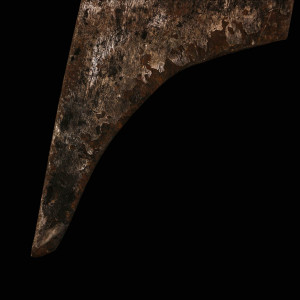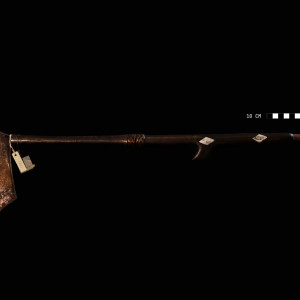Head Axe
Data currently unavailable
Artist
Data currently unavailable
Date
Data currently unavailable
Language Group
Kalinga
Artist Collective
Data currently unavailable
Geographical Setting
Kalinga-Apayao
Provenance
Purchase
Making Classification
Data currently unavailable
Making Sub Classification
Data currently unavailable
Anthropological Class
Data currently unavailable
Museological Class
Data currently unavailable
Museological Sub Class
Data currently unavailable
Condition
Good and stable
Material
Polished Iron, Wood, ratan, silver
Dimensions
48.00 x 31.80 x cm
Artist Statement
Data currently unavailable
Bibliography
Data currently unavailable
Annotation
The Kalinga axe of this particular shape and sharpness was the instrument of preference and tradition for taking heads. The axe shape is ergonomically shaped for slicing through bone and flesh quickly, facilitated by the axe’s center of gravity that brings it to move down when delivering the blow to the neck. The pointed tip is used to pick up the fallen head immediately after it falls. The Kalinga headhunter delivers his blow while on the run. He does not stop to kill, but continues his forward motion back to home village with as little pause as possible. The entire act of headhunting was entry into a trance-like state involving non-stop running to target and back home. The hunt is punitive. However it is of a vastly different order of action from other punitive expeditions of Filipinos of dominant language groups. The difference is in the embeddedness of the headhunt in indigenous (Austronesian) systems that constantly seek restoration equilibrium to balance reciprocation and exchange. In contrast, modern political contests that result in violent death are often embedded in conflicting versions of moral and social order.
Licensing
The exclusive Intellectual Property Rights of the information contained in this website remains with the artist/s and the Cultural Center of the Philippines and is protected by the laws of the Republic of the Philippines. No part of this website may be reproduced, published, distributed, or transmitted in any public form or by any commercial means without prior written permission of the artist/s and CCP.
For permission and licensing requests, email vamd@culturalcenter.gov.ph.
Feedback
We are committed to learning more about our collections and updating the content of this website. Does this record contain inaccurate information or language that you feel we should improve or change? Please contact us at vamd@culturalcenter.gov.ph.





